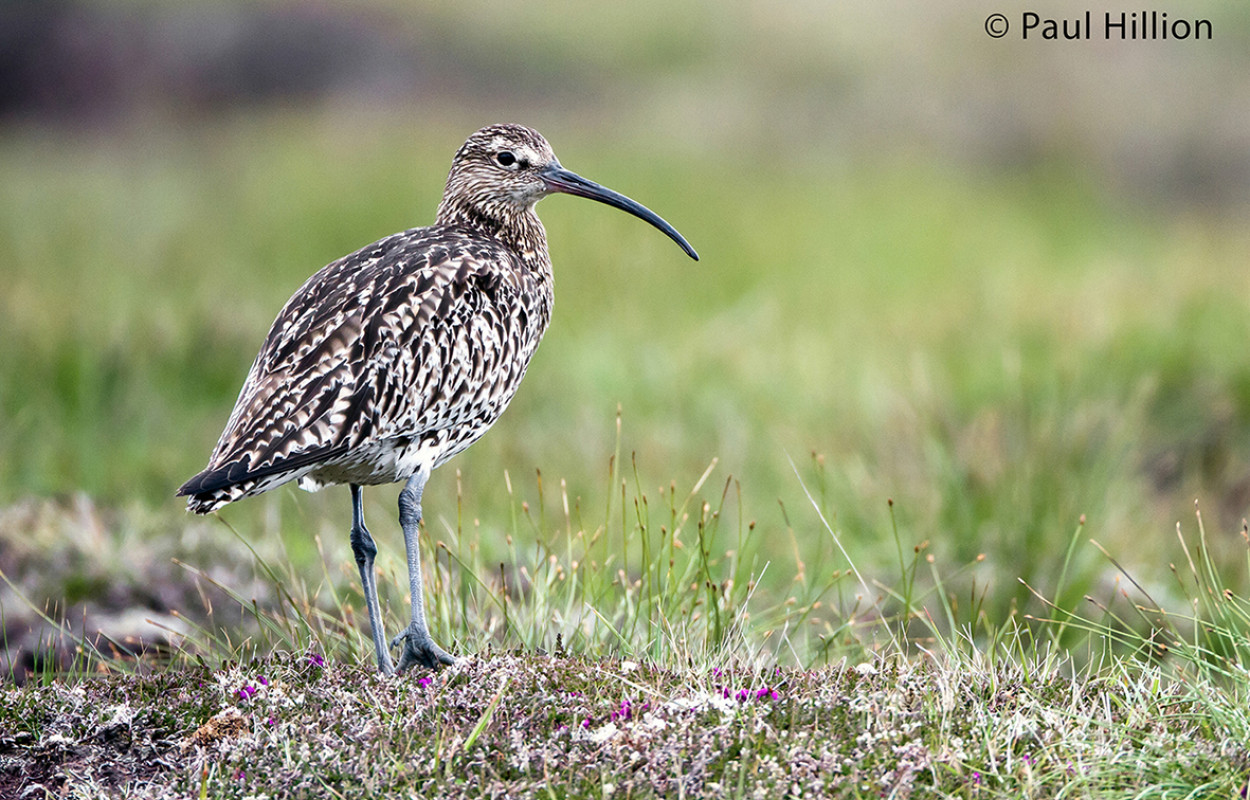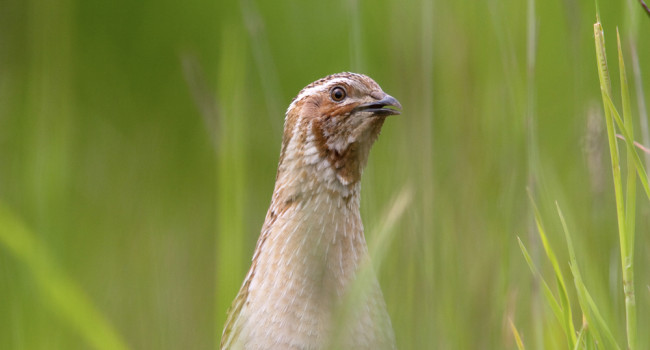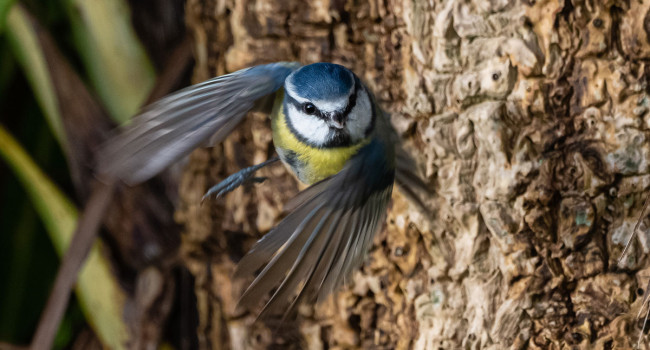Environmental correlates of breeding abundance and population change of Eurasian Curlew Numenius arquata in Britain

Author(s): Franks, S.E., Douglas, D.J.T., Gillings, S. & Pearce-Higgins, J.W.
Published: September 2017
Journal: Bird Study Volume: 64
Digital Identifier No. (DOI): 10.1080/00063657.2017.1359233
Wader populations are declining worldwide, with causes often being linked to the loss and degradation of habitats, increased predation, and a changing climate. Here in the UK, we have seen dramatic declines in Curlew populations over recent decades, resulting in the species being proposed as the UK’s most important bird conservation priority. If we are to halt and reverse these declines then we first need to understand which threats this iconic species is facing.
Curlews occur throughout Europe, with an important and sizeable component of the international population breeding on UK heaths, bogs, and grasslands. A new study, conducted by the BTO as part of the BTO/JNCC/RSPB Breeding Bird Survey (BBS) work programme, has used information from the BBS to determine how Curlew populations have changed in different regions and habitats. By examining this information alongside more detailed habitat, land management, and predator population datasets, it has been possible to identify those factors likely to be behind the decline that we are seeing in Curlew populations.
The results of the study suggest that a number of environmental changes are going in the wrong direction for breeding curlew. Degradation of habitat is a key driver of Curlew decline, which breed at highest densities in areas of semi-natural grassland and moorland. The afforestation of such upland areas has had a pronounced negative impact on their abundance and trend. They also have small and declining populations in areas of extensive arable farming.
The study also found that Curlew numbers were lower in areas with greater crow abundance and with a higher chance of fox occurrence - actual numbers of foxes could not be determined. Curlew nests and chicks are vulnerable to populations of generalist predators, raising the question of how the management of generalist predators might be used as part of wider conservation efforts, the latter being focused on protection of favoured sites and the improvement of breeding habitats.
Finally, declines were also greater in warmer, drier areas, potentially through impacts on their invertebrate food. This is consistent with a possible contributory role of climate change.
The broad-scale patterns identified need further study – ideally through intensive local studies – before appropriate conservation measures can be implemented. Identifying the problems Curlew populations are facing is the first important step in helping to change the fortunes of this iconic wader species.
Notes
This work was part of the BTO/RSPB/JNCC work programme, with additional support from the kind people who donated to the BTO Curlew appeal. The Breeding Bird Survey is organised by the British Trust for Ornithology (BTO) and jointly funded by the BTO, the Joint Nature Conservation Committee (JNCC, on behalf of Natural England, Scottish Natural Heritage, Natural Resources Wales and the Northern Ireland Environmental Agency), and the Royal Society for the Protection of Birds.









Share this page